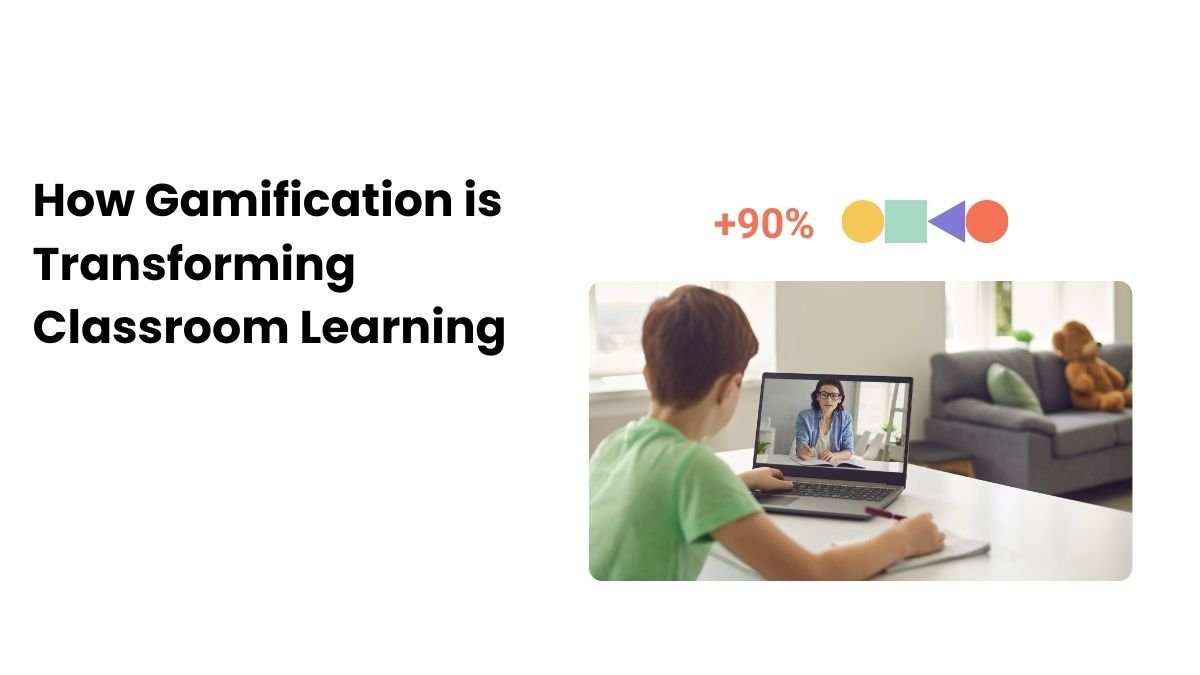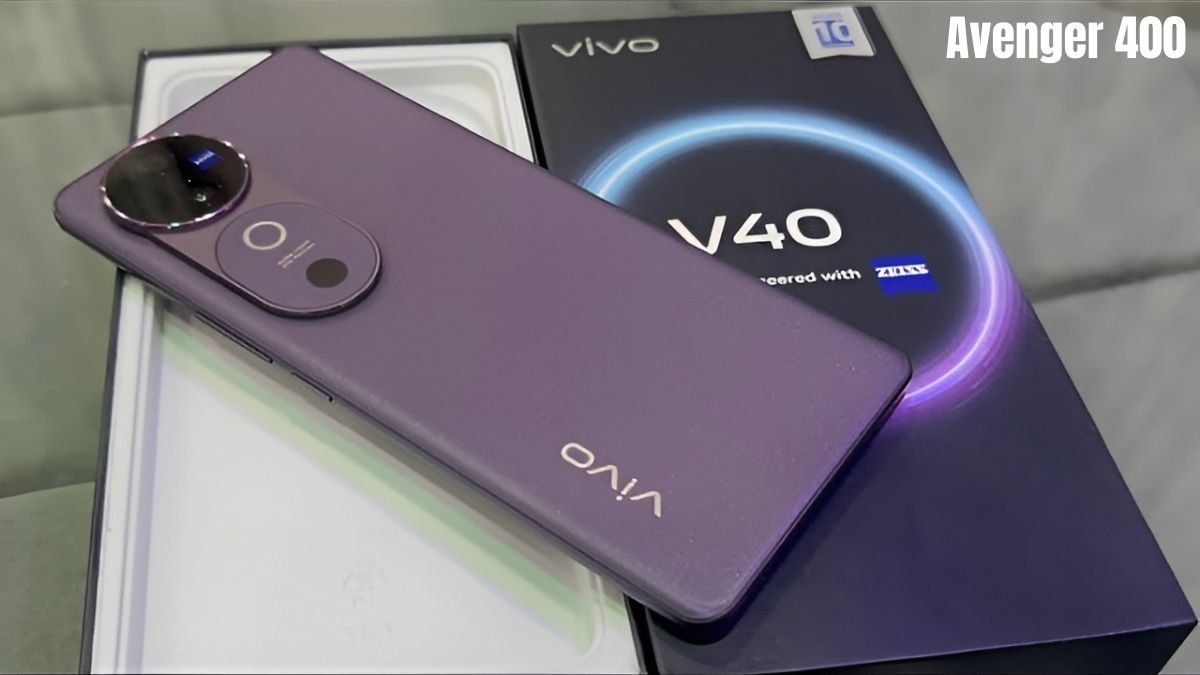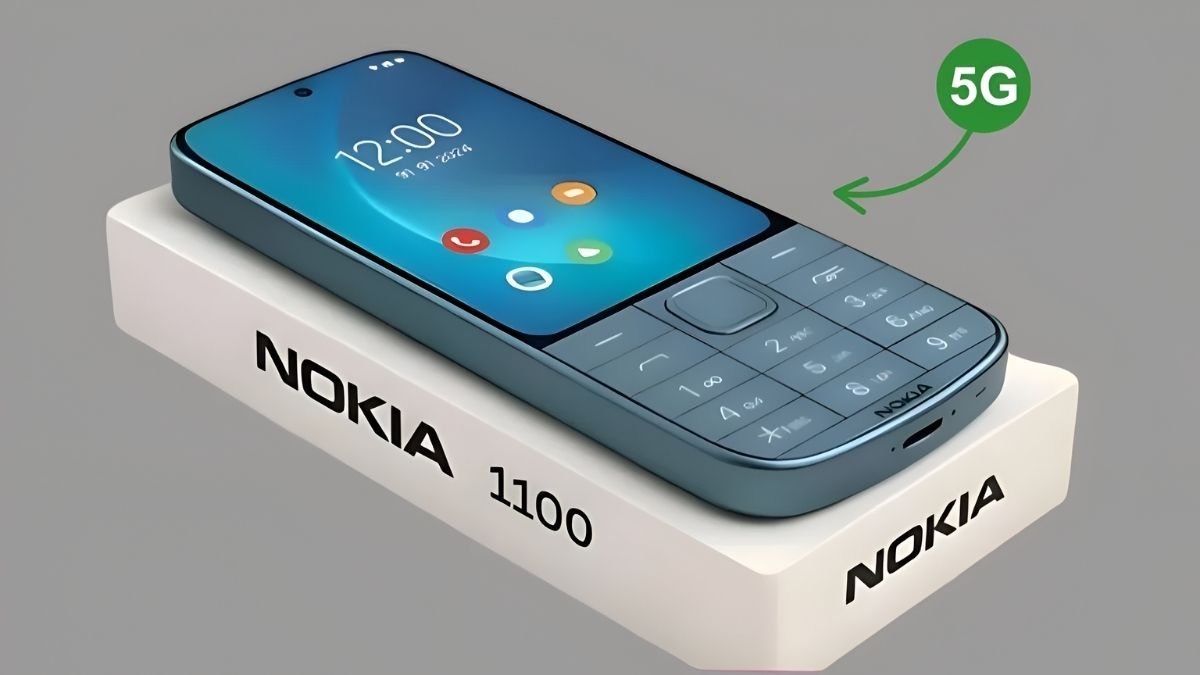Gamification in Class: Making Learning Fun and Effective
Gamification is an emerging teaching methodology being employed in most schools today. Its aim is to get kids engaged not only with their studies but also with learning, teamwork, and retaining information for a longer period. Theoretically, gamification applies a number of game-related elements to focus on making the learning process active and interactive, for instance, points, badges, leaderboards, and challenges.
How Gamification Improves Learning
1. Higher Interest and Engagement
Keeping the attention of a child has traditionally proved hard for any teacher. Children are occupied with highly engaging activities, quizzes, or mission-based tasks in a gamified classroom.
For example, in math, children are assigned a “mission” to earn points for solving a given problem. This keeps the youngsters alive and excited about studying.
2. Greater Motivation
Points, rewards, and leaderboards provide visible short-term targets and markers for progress. Recognition further improves self-motivation among children.
For example, one student earned a badge for completing a science project, which inspired others to raise their performance.
3. Better Retention
Gamified, interactive, and immersive activities help kids retain information.
For example, reenacting historical events in a history class while playing an interactive AR game can reinforce that memory.
4. Collaborative
Multiplayer and group-based games build teamwork, encourage sharing of information, and rely on communication.
For example, in a geography class, students need to work together to answer correctly about different countries and their resources in a group quiz.
5. Feedback
Gamification provides real-time feedback to students so that they can know where they performed well and where improvement is needed.
For example, students can see whether they answered questions right or wrong in an online quiz and immediately work on ways to improve.
6. Student Ownership
Gamification allows students to set their own goals and track their progress. This develops self-awareness and responsibility in children.
For example, students are given a “Personal Milestone Chart” where they can track their own progress.
Examples of Gamification Elements in the Classroom
1. Points and Badges
Students gain points and receive badges for the completion of tasks and attaining goals accordingly. Such badges symbolize the accomplishment of certain skills and track progress for the kids.
For example: “Master of the Number” badge for solving 10 problems in a math exercise.
2. Leaderboards
Leaderboards display to the students where they stand within their class. This sets healthy competition and motivates students to do better.
For example: Updating the class leaderboard after a quiz.
3. Challenges and Quests
Learning objectives are presented as missions or challenges.
For example: “Reduce Plastic for a Week” challenge given to students in Environmental Science.
4. Reward Systems
Students are rewarded in real or virtual ways for effort and achievements.
For example: Digital Caret Points, which later can be redeemed for smaller prizes.
5. Storytelling and Immersion
The curriculum becomes interesting and relevant through storytelling and theming.
For example: Students appear to be “role-playing as Roman soldiers” in history class.
Benefits from Gamification
- Acquisition is sped up – The learning process is easier and fun.
- Positive competition – Through competition, students foster improvement and cooperation.
- Teamwork and social skills – Group games enhance cooperation, patience, and leadership.
- Self-motivation and responsibility – Students accomplish setting their own goals.
- Long-term knowledge retention – Interactive gaming activities help retain information longer.
Conclusion
Gamification inside classrooms takes learning to levels of fun, motivation, and effectiveness. It is entertaining, but most importantly, it aids the learning process.
Active engagement of students in the classroom increases comprehension and retention. As they learn, teamwork, leadership, and self-motivation become crucial skills developed.
Gamification offers a fresh approach for teaching and learning in a motivational and collaborative atmosphere.









